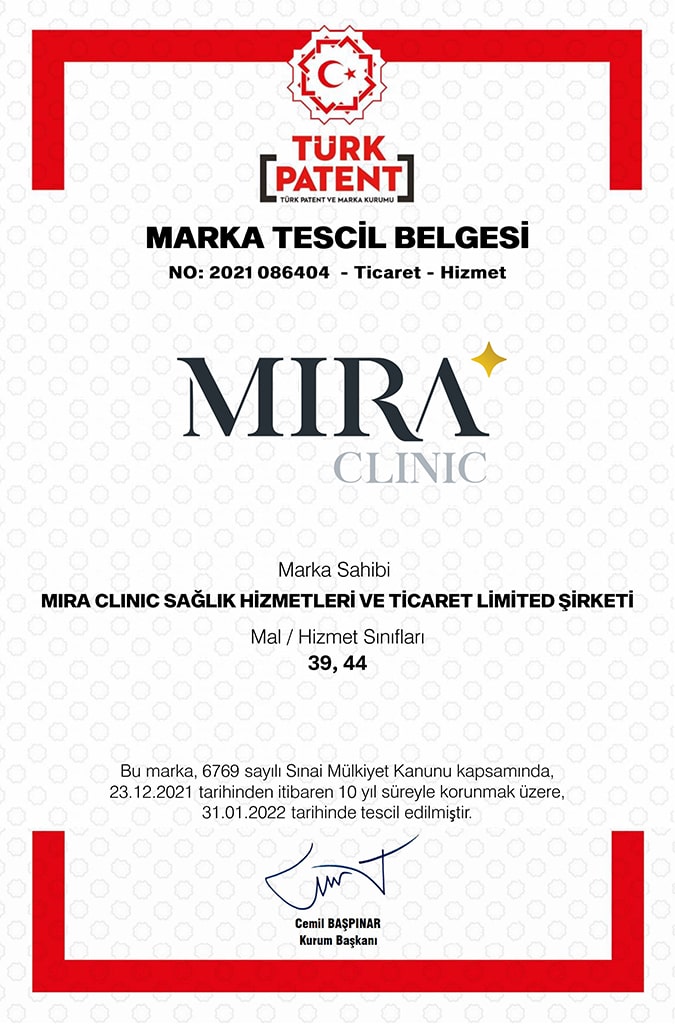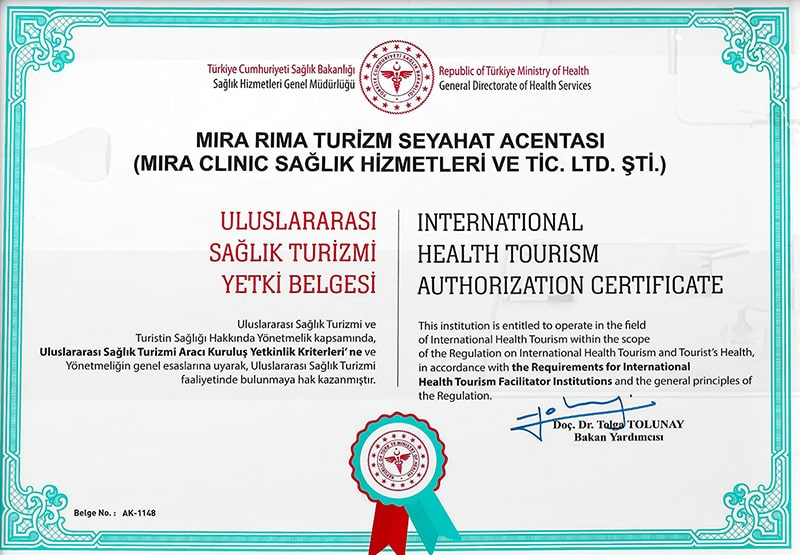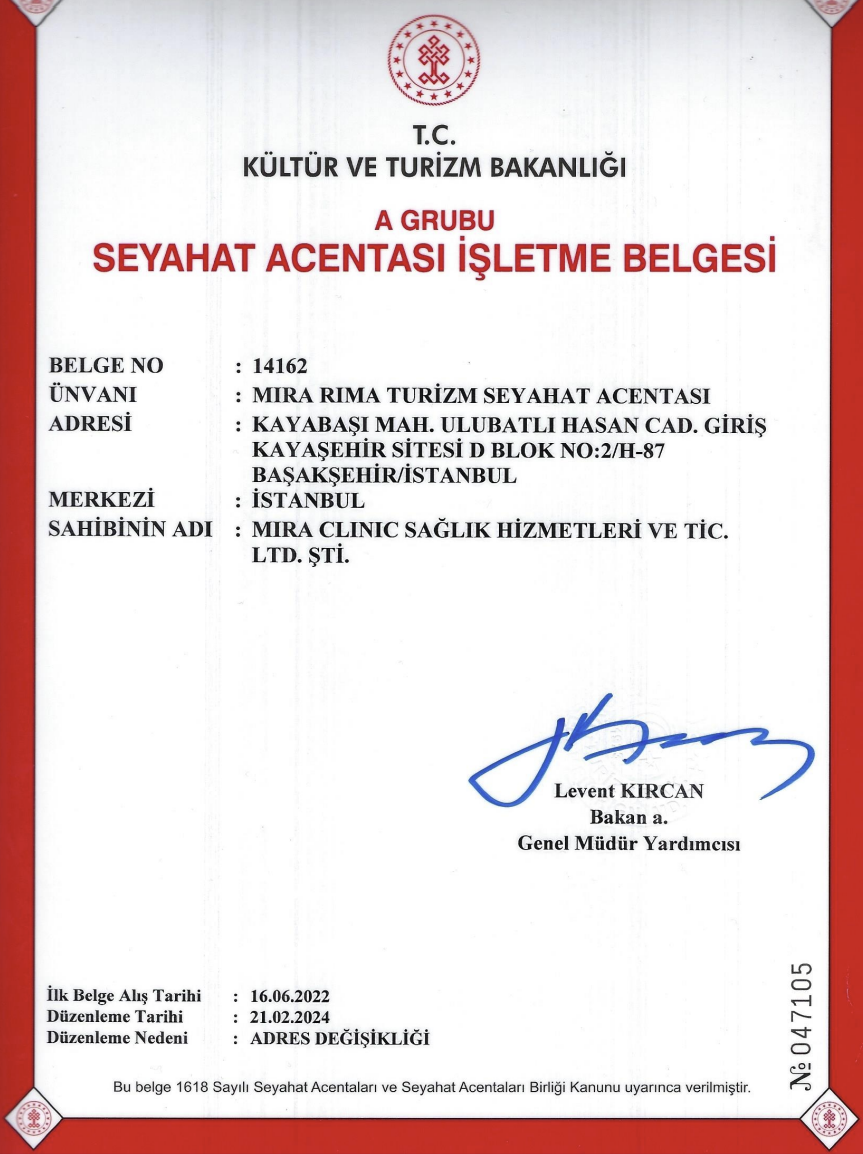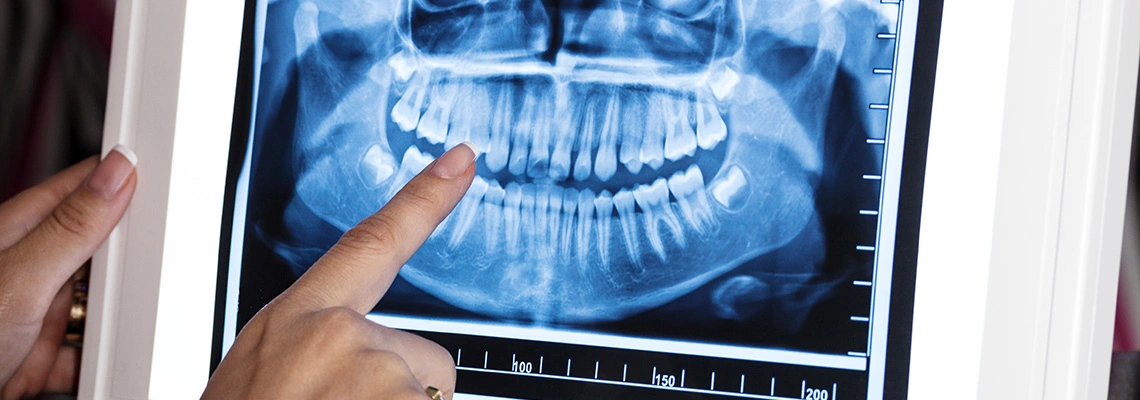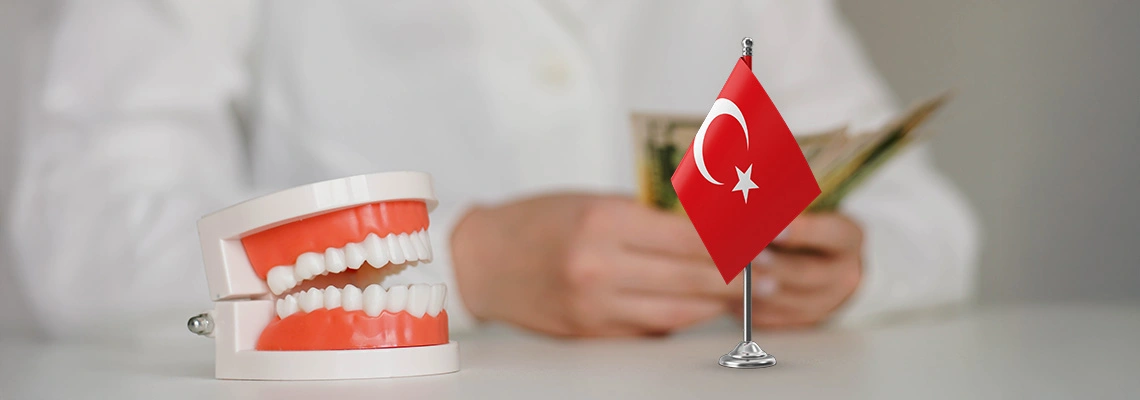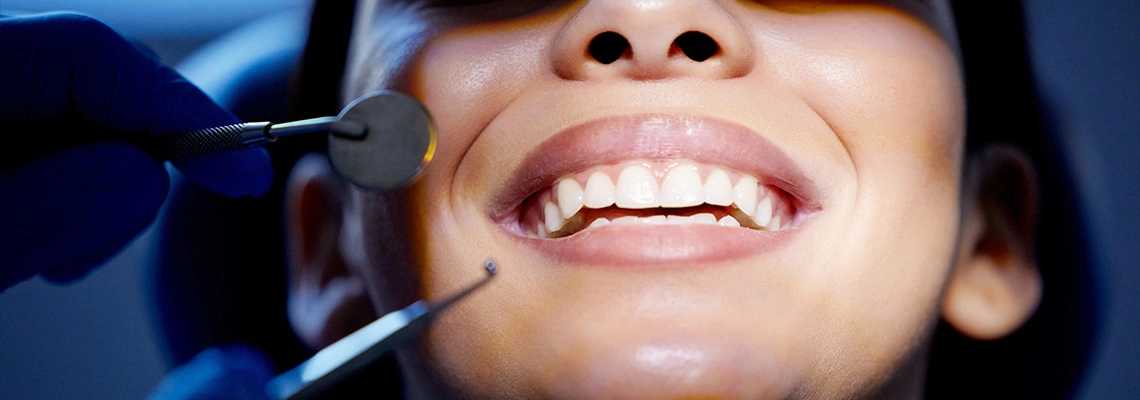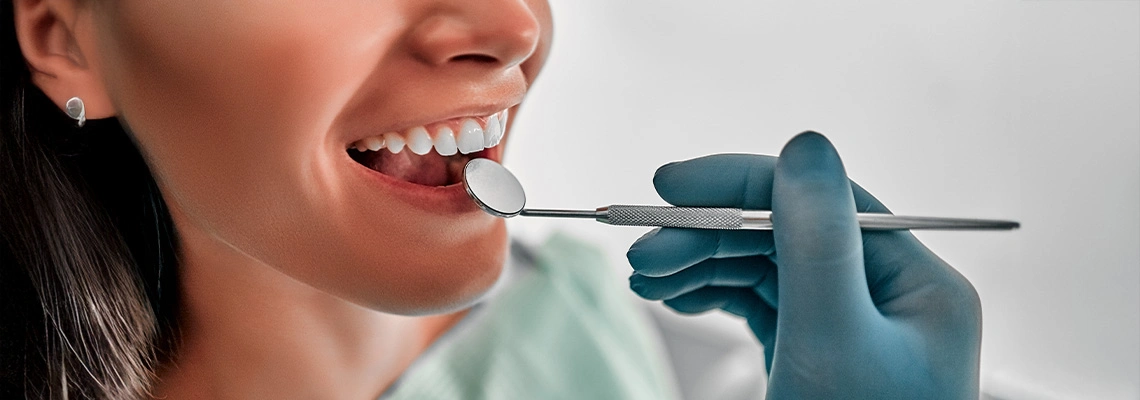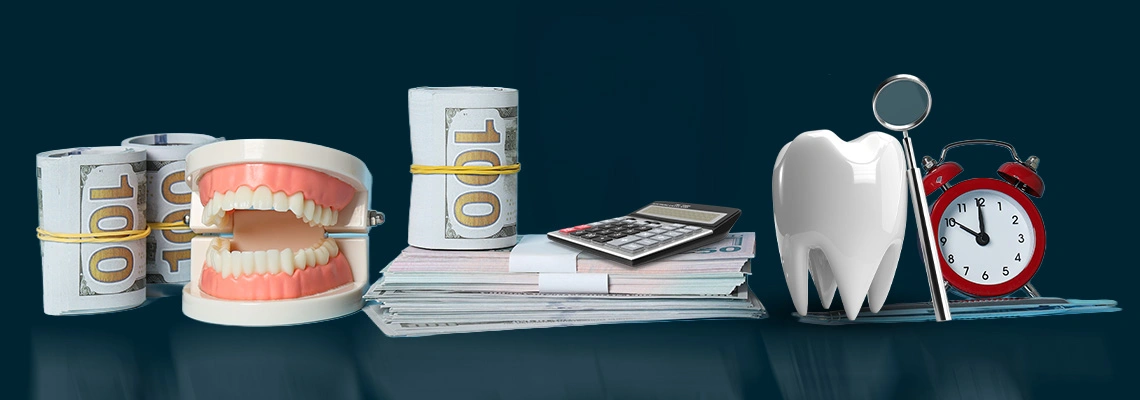Breast augmentation surgery can be a transformative experience, helping women achieve their desired breast size and shape. However, it's natural to have concerns about the recovery process, particularly regarding pain management.
This article will address your questions about post-operative pain after breast augmentation. We'll explore how long pain typically lasts, the various types of discomfort you might experience, and effective techniques to minimize it.
Table of contents:
- Is it normal to feel pain after breast augmentation?
- How long does pain after breast augmentation take?
- How painful is breast augmentation under the muscle?
- Is it normal to have a sharp pain in breasts after augmentation?
- Is it normal to get shoulders and arms hurt after breast augmentation?
- Is it normal to have rib and back pain after breast augmentation?
- How to relieve nerve pain after breast augmentation?
- Post-op breast augmentation pain instructions
Is it normal to feel pain after breast augmentation?
Absolutely. Breast augmentation is a surgery that involves manipulating tissues and inserting implants. It's normal to experience soreness, tightness, and discomfort in the chest area for some time after the procedure. This discomfort is your body's natural response to the surgical trauma.
Related articles:
How long does pain after breast augmentation take?
The duration of pain after breast augmentation can vary depending on several factors, including your individual pain tolerance, the type and size of implants used, and the surgical technique employed by your plastic surgeon.
Most patients experience the most intense pain in the first few days following surgery. This discomfort gradually subsides over the next 1-2 weeks, with most women transitioning to over-the-counter pain medication by then.
However, some lingering soreness, tightness, or unusual sensations like pulling or pinching might persist for up to 6 weeks after surgery. It's important to note that these sensations are usually mild and shouldn't be a cause for concern unless they become severe or worsen over time.
How painful is breast augmentation under the muscle?
The placement of the implant (either submuscular or subfascial) can influence the degree of post-operative pain.
Submuscular placement, where the implant sits beneath the chest muscle, can lead to slightly more initial discomfort compared to subfascial placement (underneath the breast tissue). This is because the muscle needs time to heal and adjust to the implant's presence.
However, some studies suggest that submuscular placement can lead to a lower risk of capsular contracture (scar tissue formation around the implant) in the long term.
Is it normal to have a sharp pain in the breasts after augmentation?
While some degree of soreness and tightness is expected, sharp or stabbing pains are not typical following breast augmentation. If you experience this type of pain, especially if it's localized in a specific area, it's important to contact your surgeon immediately. Sharp pains could indicate nerve irritation, which requires evaluation by your doctor.
Is it normal to get shoulders and arms hurt after breast augmentation?
Yes, it's quite common to experience discomfort in your shoulders and upper arms after breast augmentation. This pain is often attributed to the sudden increase in breast weight, causing the muscles in your upper back and shoulders to work harder to maintain posture. Additionally, some patients might subconsciously hunch forward to protect their breasts, leading to further muscle strain.
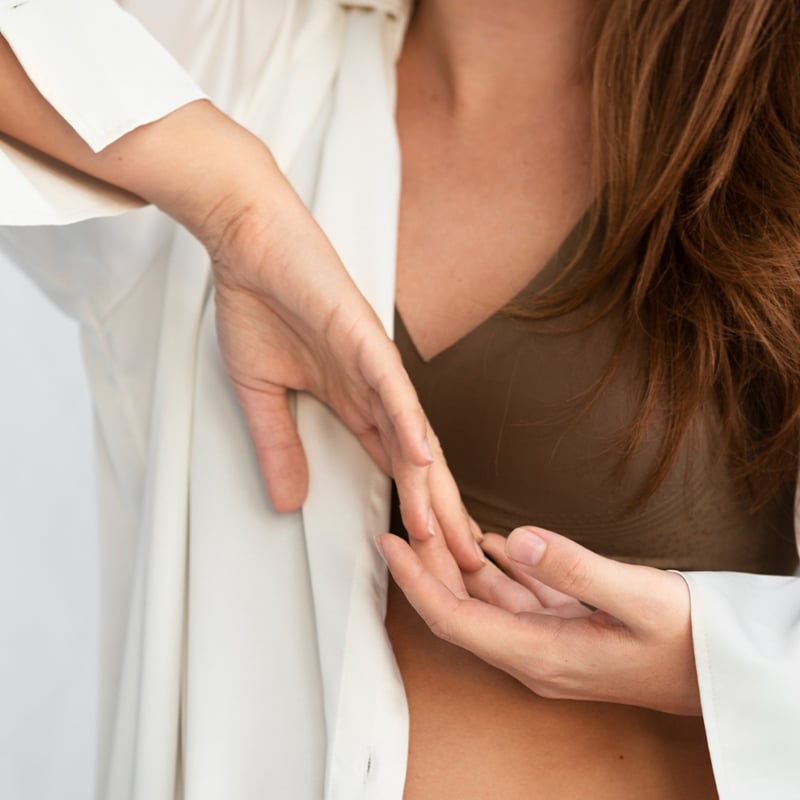
Is it normal to have rib and back pain after breast augmentation?
Similar to shoulder pain, rib and back discomfort can also occur after breast augmentation. This pain might be caused by:
-
Muscle strain: As mentioned above, the increased breast weight can strain the muscles supporting your back.
-
Implant placement: Submuscular placement, where the implant sits beneath the chest muscle, might put some initial strain on the chest wall muscles.
-
Coughing and sneezing: These actions can cause temporary pain in the chest and back area after surgery.
How to relieve nerve pain after breast augmentation
Nerve pain after breast augmentation, while not a common occurrence, can manifest as sharp, shooting pains, tingling, or numbness in the breasts. It's caused by temporary irritation or stretching of nerves during surgery. Here are some ways to manage nerve pain after breast augmentation:
-
Pain medication: Your doctor may prescribe medication specifically for nerve pain, such as gabapentin or pregabalin.
-
Massage therapy: Gentle massage by a trained professional can improve blood flow and reduce tension around the nerves, potentially easing discomfort. Look for a therapist experienced in post-surgical massage.
-
Heat therapy: Applying a heating pad to your chest for 15-20 minutes at a time can help relax muscles and soothe nerve pain.
-
Anti-inflammatory medication: Over-the-counter medications like ibuprofen can help reduce inflammation around the nerves, potentially alleviating discomfort.
Important note: If you experience any sharp, persistent, or worsening nerve pain after breast augmentation, it's crucial to contact your surgeon immediately. This could indicate a more serious complication requiring further evaluation.
Post-op breast augmentation pain instructions
Following your surgeon's specific post-operative instructions is vital for a smooth recovery and minimizing pain. Here are some general guidelines to keep in mind:
-
Pain medication: Take prescribed pain medication as directed by your doctor. Don't hesitate to reach out if the medication isn't effectively managing your pain.
-
Rest: Plan for ample rest in the first few days following surgery. Avoid strenuous activity that could put a strain on the incision site.
-
Support garments: Wear a supportive post-surgical bra as instructed by your surgeon. This helps minimize swelling and discomfort while promoting proper healing.
-
Incision care: Keep the incision site clean and dry according to your doctor's instructions.
-
Activity restrictions: Avoid lifting heavy objects or strenuous activities for a specific period as advised by your surgeon. This allows the tissues and muscles to heal properly.
-
Diet: Maintain a healthy diet rich in fruits, vegetables, and whole grains to promote healing and support your body's recovery process.
-
Follow-up appointments: Attend all scheduled follow-up appointments with your surgeon to monitor your progress and address any concerns.
Remember, recovery is a gradual process. Be patient with your body and listen to its needs. If you experience any unusual symptoms or pain that worsens over time, don't hesitate to contact your surgeon.
Breast augmentation surgery can be a rewarding experience, but it's important to be prepared for the recovery process. By understanding the types of pain you might experience and implementing the strategies outlined in this article, you can minimize discomfort and achieve a smooth recovery.
If you're considering breast augmentation in Istanbul, Mira Clinic offers consultations with board-certified plastic surgeons experienced in advanced techniques and committed to patient comfort. Contact Mira Clinic today to discuss your goals and explore how we can help you achieve your desired results.

Sources:
- Breast enlargement (implants)
- https://www.nhs.uk/conditions/cosmetic-procedures/cosmetic-surgery/breast-enlargement/
- Breast implants recovery stages and the issue of pain
- https://www.plasticsurgery.org/news/blog/breast-implants-recovery-stages-and-the-issue-of-pain
- How much pain can you expect after a breast augmentation surgery?
- https://www1.plasticsurgery.org/psconnect/askasurgeon/detail.aspx?thread=3
